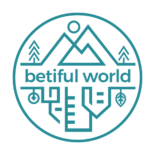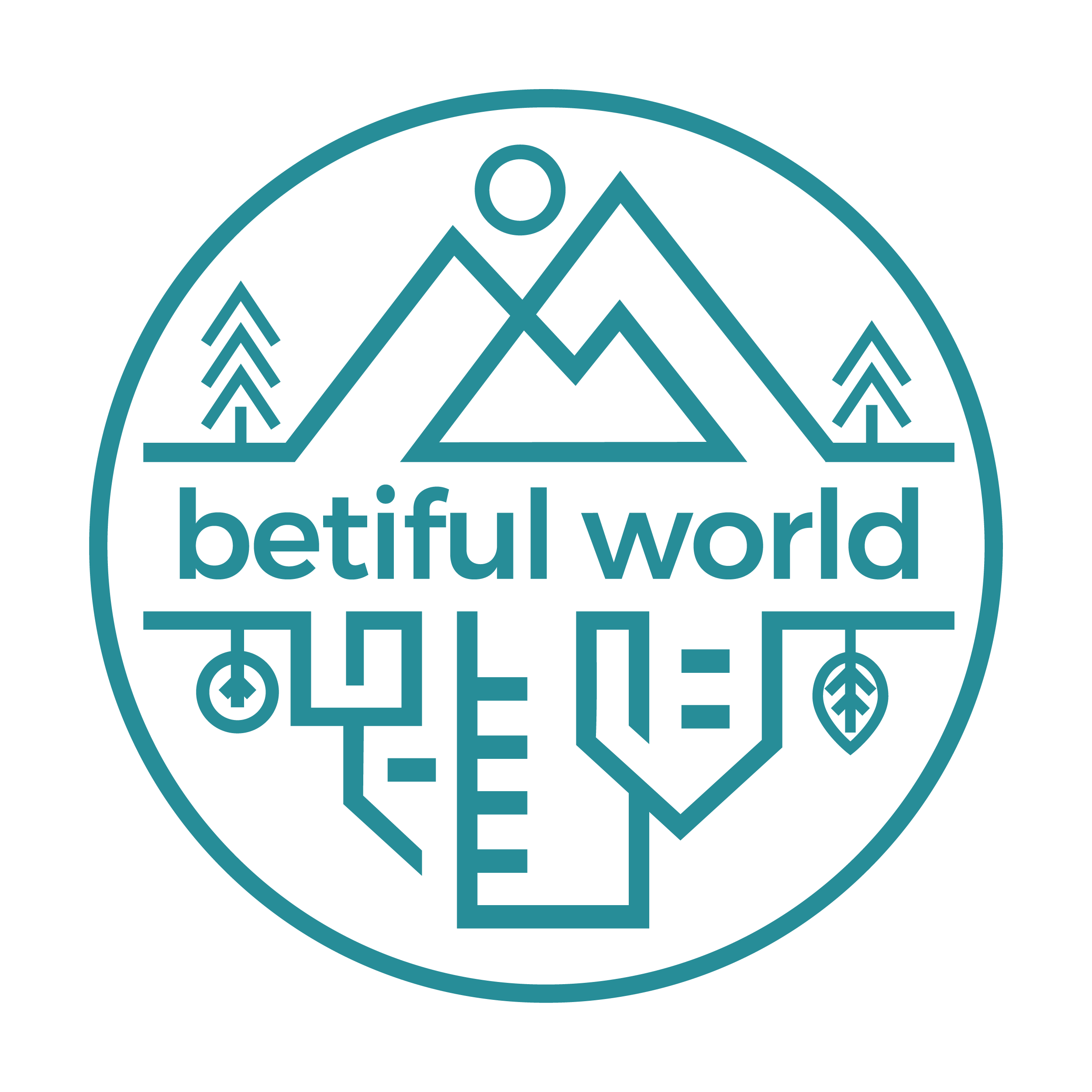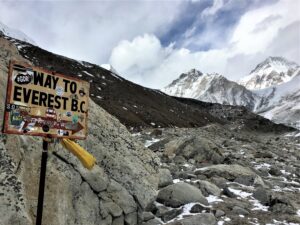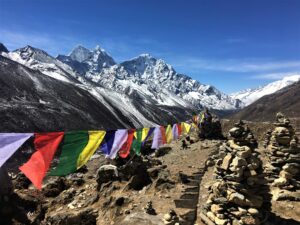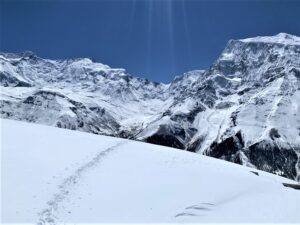After choosing a trekking route and completing the necessary mountain gear, you’ll probably start wondering about food and drinking water while trekking in Nepal. At least I did… I knew that guesthouses on popular Himalayan routes serve delicious food and that, in the worst case, there would never be a shortage of the national Nepalese dish – dal bhat. But what about drinking water in Nepal?
I only knew that I was not going to buy bottled water. I never do it, let alone in the beautiful Himalayas. Before my first trek however, I didn’t know how important drinking water at high altitude is. I also didn’t know much about water treatment solutions and which one is the most convenient for trekking in Nepal. But your life is easier. After reading this blog post you will learn everything you need to know about drinking water while trekking in Nepal. Let’s start from the most important basics.
What's in this blog post?
1. Why is drinking water so important while trekking in Nepal?
We dehydrate much faster at high altitude due to the lower humidity. As the altitude goes up, both the temperature and the humidity goes down as the air contains less moisture. Additionally, with altitude gain the oxygen content in the air goes down, increasing the risk of dehydration. This can lead to altitude sickness and breathing difficulties.
Human body loses lots of water during intense physical activity especially when the air is dry. That’s why it is so important to replenish it regularly. Proper hydration, which effectively reduces the altitude sickness risk, requires the consumption of 3-4 liters of fluids a day. You need to drink water regularly, even if you are not thirsty. You might not be aware of your water loss and sweating while trekking in a cold mountain climate.
2. The problem of plastic in the Himalayas
2.1. Why you should not buy bottled water while trekking?
Drinking bottled water in the Himalayas is the worst possible solution. Firstly, it is expensive. The higher you go, the price of bottled water goes up. The price for a liter of water is around 30 cents in Kathmandu. At high altitude, you’ll pay from 1 to 2.5 USD per liter. As you need to consume at least 3 liters of water a day and your 12-day trek, drinking water in Nepal suddenly becomes pricey.
More importantly, bottled water generates a huge amount of environmentally harmful plastic. While traveling in Third World countries, where due to the vast number of more burning issues, waste management and recycling are usually not a priority, you should pay special attention not to leave anything behind, except your footprints.
In the Himalayas, leave only footprints.
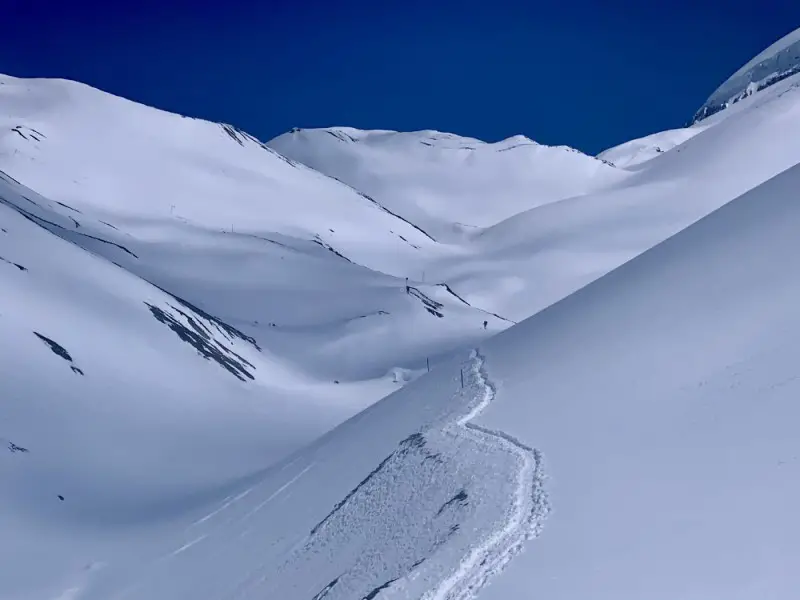
The problem of toxic plastic in the oceans has been highlighted in the media. Unfortunately, not many people are aware of its disastrous impact on the mountains. When you throw a plastic bottle in the bin in the Himalayas, do not expect that it will go to a landfill. The system of bringing waste down, segregation and recycling practically does not exist in Nepal. This plastic bottle will either be burned or will stay in the Himalayas forever.
Even in Nepal's second largest city, Pokhara, waste management solutions are not very efficient... So, imagine the situation in the Himalayas!
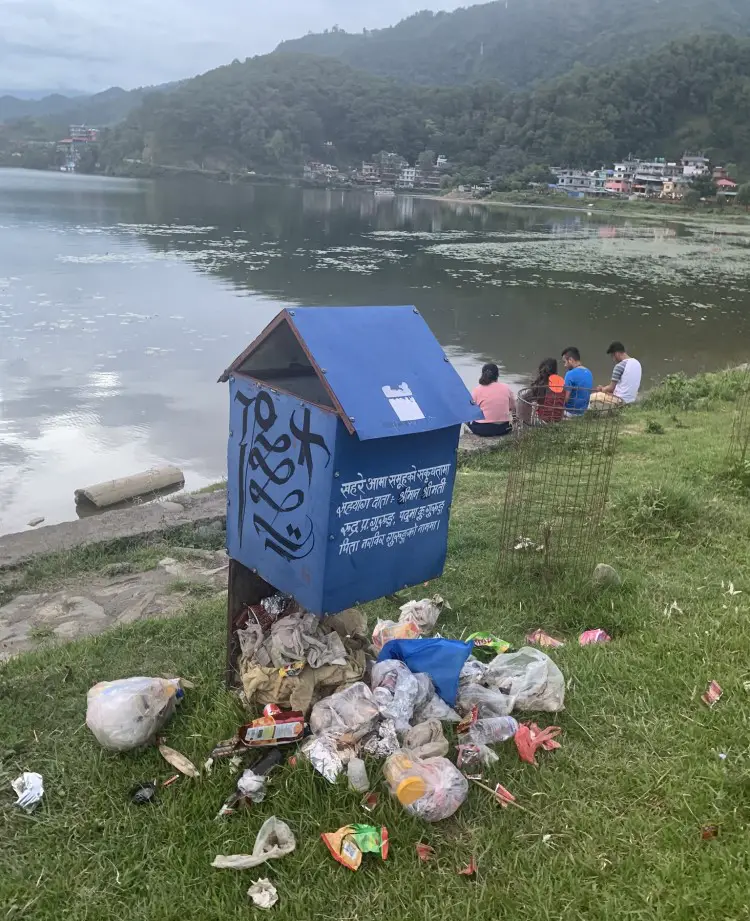

Even in Nepal's second largest city, Pokhara, waste management solutions are not very efficient... So, imagine the situation in the Himalayas!
2.2. Why is burning plastic a bad option in the Himalayas?
In industrial waste incineration plants the plastic is burned to generate the energy. This process takes place at very high temperatures, so that the only left over is a bit of ash. Professional filters prevent toxic compounds formed in the combustion process from getting into the air.
The situation is slightly different, when a Nepali burns plastic left by trekkers in his Himalayan village. He is not able to reach high temperatures and the waste never burns completely. What’s worse, during the plastic burning process, toxic compounds – dioxins – are released. Our skin absorbs these horrible pollutants and both the respiratory and digestive systems suffer. In addition, dioxins can lead to cancer and have a detrimental effect on hormones, especially the thyroid gland.
Do you really want to contribute to the hundreds of thousands of plastic bottles in the highest mountains in the world? Do you really want to cause further deterioration of the local people’s health? Nepalis’ life and health also without our help are not usually very easy and good…
3. Best practices for drinking water in Nepal
3.1. Which reusable bottle is best for trekking in Nepal?
Buying a reusable bottle is a first step to reducing plastic pollution in Nepal. Nowadays, there is a huge selection of everything. Choosing the right water bottle can cause a headache. There are plastic, aluminum and glass bottles.
Plastic bottles are the most popular and the cheapest. You just need to remember to check if it marked as “BPA-free”. If so, the harmful chemical compound Bisphenol A (i.e. BPA) has not been used in the bottle production process. BPA affects the level of hormones in the body, contributing to the development of many diseases, eg. cancer. The benefits of the BPA-free plastic bottles are: affordable price, wide availability and low weight.
Aluminum or stainless steel bottles are slightly more expensive and heavier, and at the same time more durable. Glass bottles, which are heavier and less durable, are not a good alternative for trekking in the Himalayas.
I bought the Nalgene plastic bottle, known for its high quality, which I’m very happy about. Despite the hardships of trekking and its many falls, it never broke or leaked. I love that Nalgene bottles are heat resistant and withstand high temperatures without any damage. I could pour boiling water into the bottle and place it in the sleeping bag during the coldest nights.
A plastic or aluminium water bottle? What is your choice?
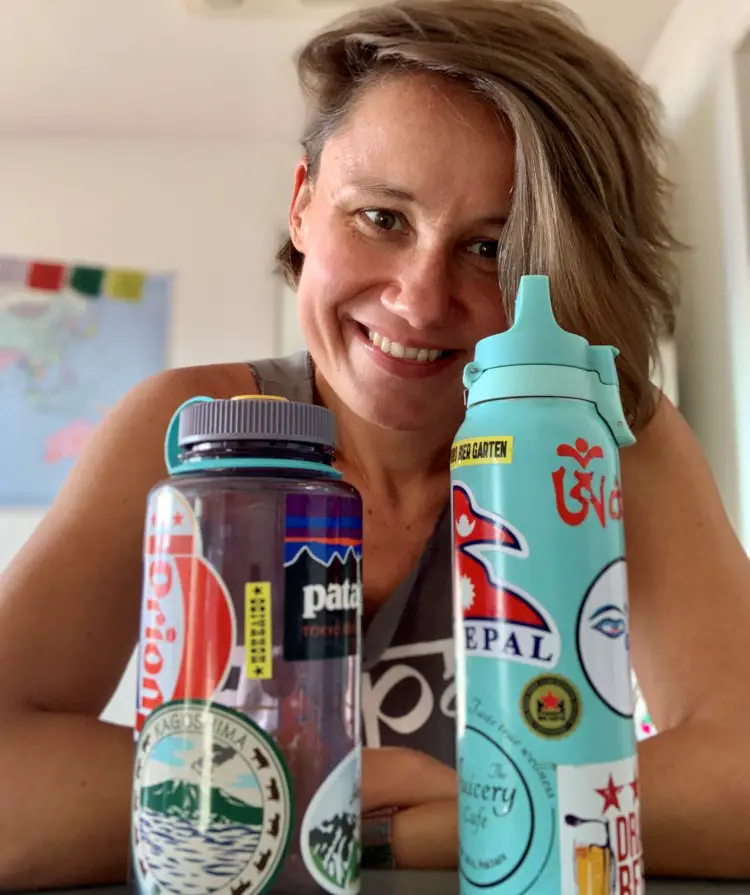
3.2 Drinking boiling water
Boiling water is one of the easiest and fastest ways to kill harmful microorganisms in the water and you will always be able to fill your bottle with boiling water for a fee in the guesthouses on your trek. Just make sure that your bottle is heat resistant and won’t melt. 🙂
Interestingly, at an altitude below 2000 m, you can boil the water for about 1 minute. Whereas at higher altitudes, you should boil it for longer, 3-4 minutes. Due to the lower atmospheric pressure, the boiling point of water decreases with altitude gain. Precisely speaking, every 300 meters it drops by 1°C. At 3000 m, water already boils at the temperature of 90°C. Therefore, you should boil it for longer.
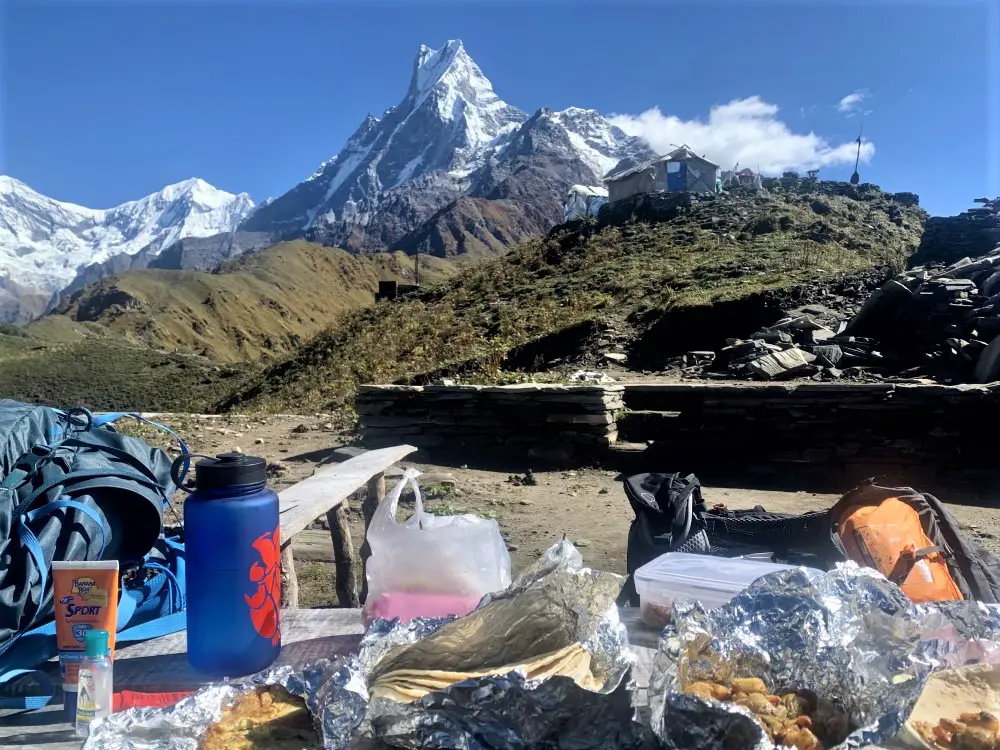
Why drinking boiling water isn’t the best solution in the Himalayas?
Firstly, the boiling water is… hot! That’s a surprise, isn’t it? You will need to wait to drink it. Secondly, if you are thirsty and there is no hotel or restaurant nearby, you simply won’t drink. Lastly, boiling water is not cheap. It only makes sense to buy it to brew your own tea. Having your own tea bags can help you to save some money. Boiling water is always a bit cheaper than the tea. Otherwise, it’s not the most convenient solution.
3.3. Drinking potable water available on Annapurna Circuit trek
Drinking water stations are conveniently located on the Annapurna Circuit route in all larger villages. The water is filtered through the ozone treatment and sold for a small fee. It is water is cheaper than bottled water and does not create plastic pollution, which is great.
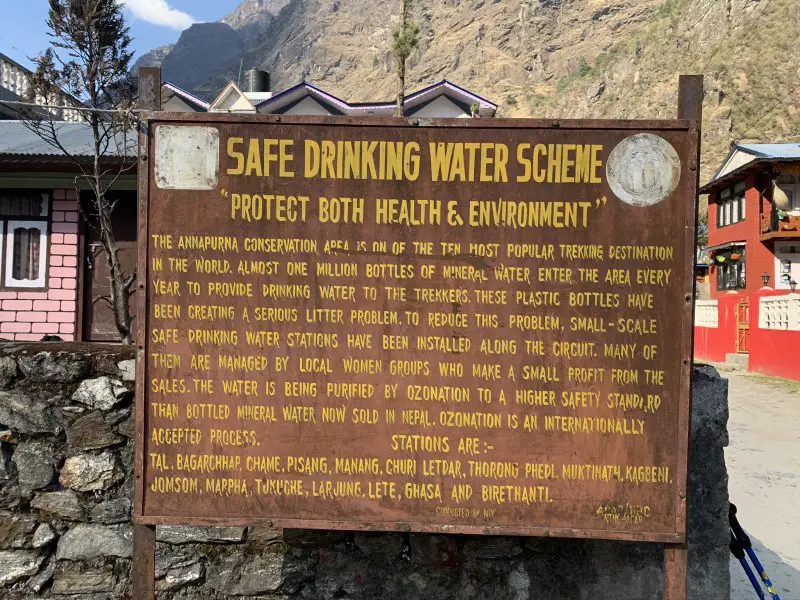
To learn more about Annapurna Circuit trek check my other blog posts:
- “ANNAPURNA CIRCUIT -DAY BY DAY ITINERARY“ for a detailed route description with daily distances, accommodation suggestions and tips on how to avoid the road to fully enjoy the trek;
- “ANNAPURNA CIRCUIT – PRACTICAL GUIDE TO PLAN YOUR TREK“ learn all you need to know before the trek such as: best time to go and weather, number of days required to complete the trek, how to get to the starting point, permits, food & accommodation and internet access;
- “HOW IS THE ANNAPURNA CIRCUIT EXPERIENCE?” to find out how difficult is the trek, should you hire a local guide or can you go without, what are the Annapurna Circuit trek pros & cons.
Why relying only on potable water isn’t a good solution?
Drinking water stations are not yet widely available. I really hope this fantastic initiative will extend to all Himalayan trails over time.
4. Water purification methods for drinking water in Nepal
Due to the limited availability of boiled and potable water, you need to carry your own drinking water treatment solution. There are 3 main ways to obtain drinking water in Nepal. Which one is the most convenient while trekking in Nepal? Below comparison should help to answer this question.
4.1. Water treatment tablets
The easiest and the cheapest way to purify water, which is free from any mechanical impurities, is to use water treatment tablets. Self-dissolving tablets, containing iodine, chlorine or chlorine dioxide, are effective in killing microorganisms in the water, a major cause of gastrointestinal disorders. If you do not have any serious medical condition, this purified water is safe to drink.
The most common source of water contamination in the mountains are bacteria, viruses or parasites in feces of infected humans or animals. All kinds of tablets kill bacteria and viruses in the water. However, neither iodine or chlorine are effective in removing Cryptosporidium and Giardia, which are some of the most common harmful parasites in Nepal. Therefore, it’s best to opt for chlorine dioxide tablets.
I bought “Katadyn Micropur Forte 100” tablets containing chlorine dioxide, which I highly recommend. One tablet is enough to purify one liter of water. After throwing it into the water, wait at least 30 minutes* before drinking. That’s it. It is very easy. More details HERE.
*In accordance with the Micropur Forte tablets fact sheet available on the official website, it states, “If the water is very cold or you are concerned about the possible presence of Giardia cysts in the water, allow two hours wait time”. I came across this information only recently only after my trek…
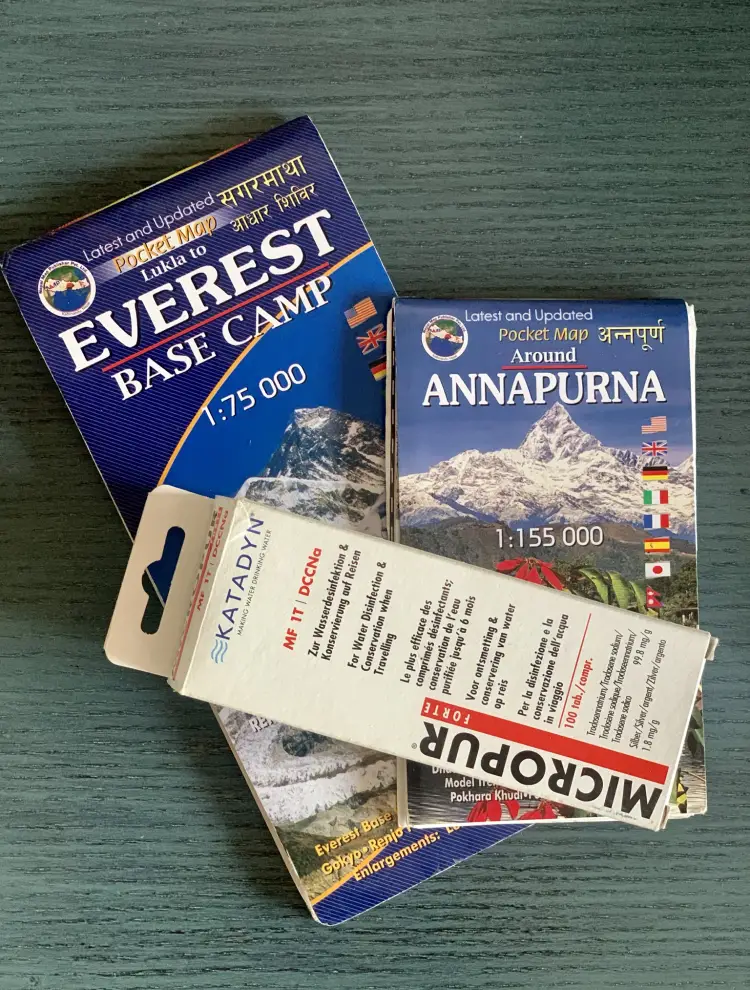
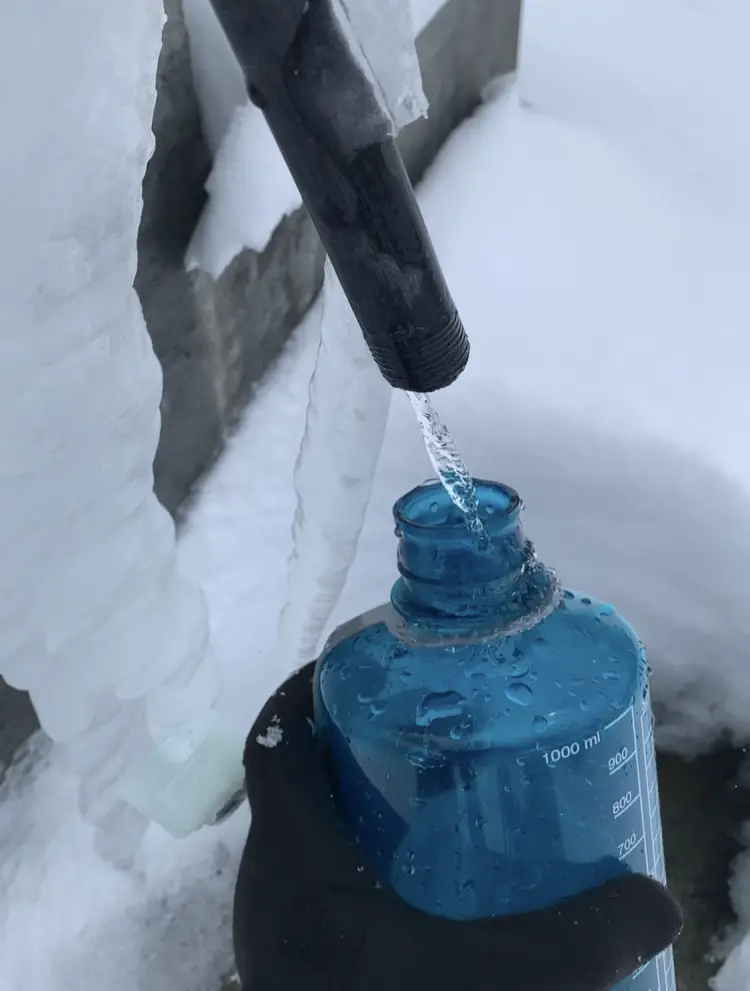
Pros of water treatment tablets
Easy to use, low price and water availability. All you need is a water tank or a tap and you will never die of thirst!
Cons of water treatment tablets
Some people complain about the taste of chlorine in the water. Honestly, I got used to it. However, if it bothers you, try dissolving vitamin tablets to improve its taste. Tablets are not good for cloudy, very contaminated water. Such water needs to be filtered through a layer of fabric or cotton wool before.
4.2. LifeStraw Water Filter
LifeStraw is the most technologically advanced portable water filter that allows safe water consumption even from contaminated sources. It removes 99.9% of bacteria and parasites, including Cryptosporidium and Giardia. Pour water into the bottle, put LifeStraw in it and drink it! The water is immediately ready to drink. One filter allows purification of at least 1000 liters of water. The filter comes together with a water bottle. Check out the official LifeStraw website HERE.
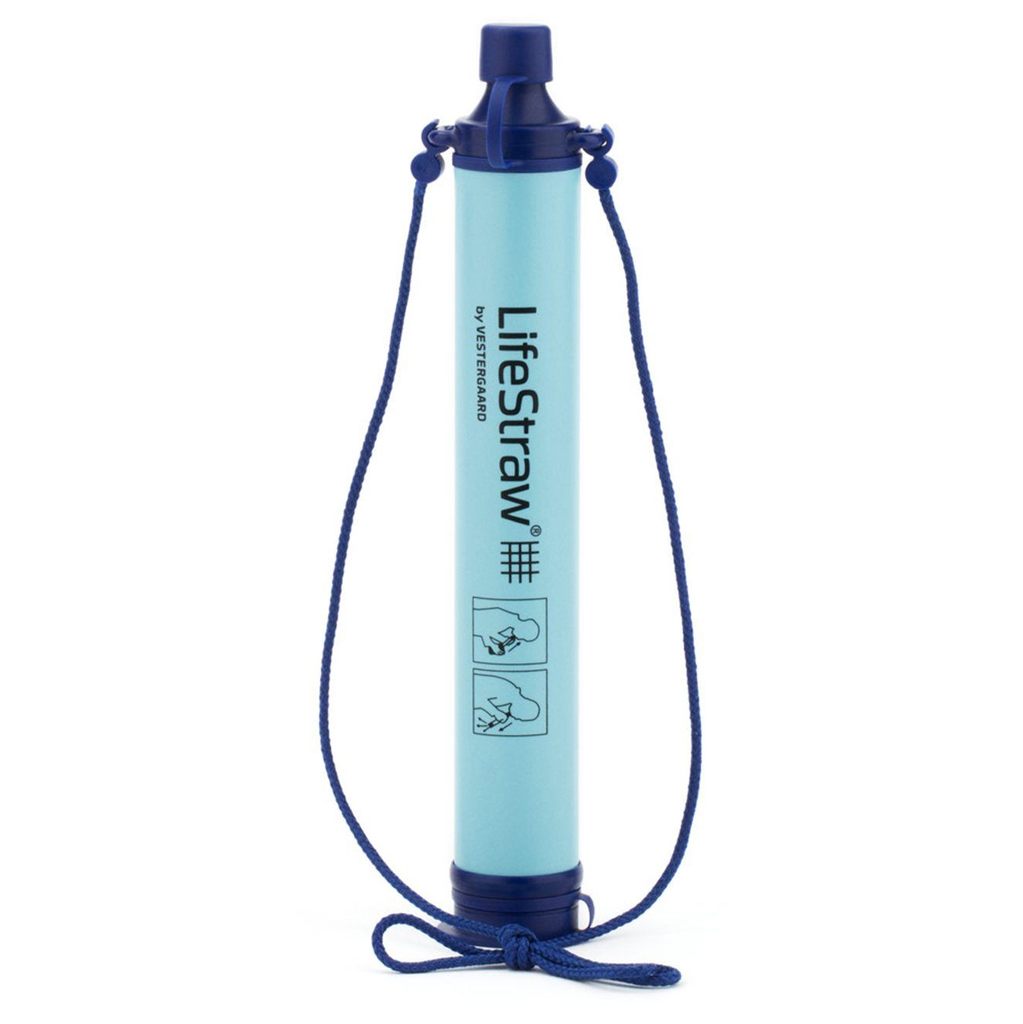
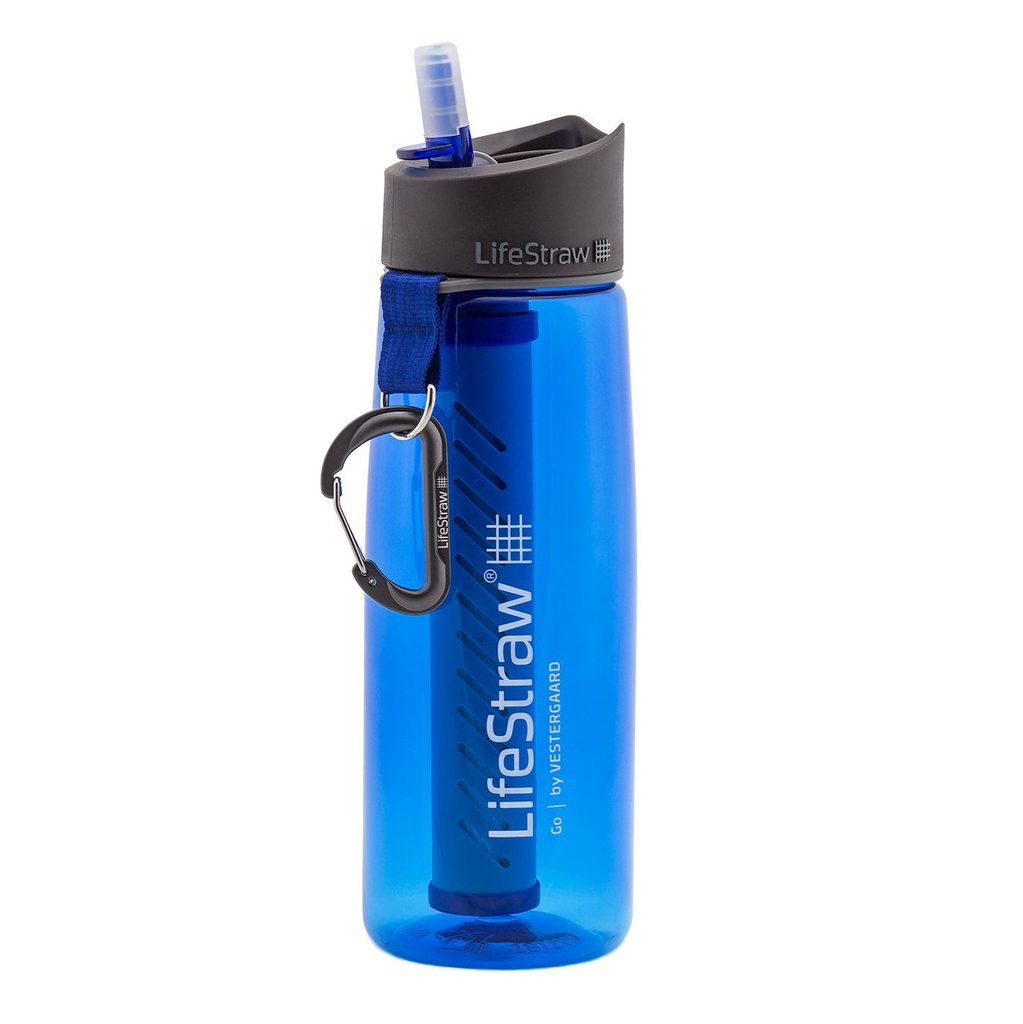
Pros of using LifeStraw Water Filter
LifeStraw is very light and handy. It weighs only 56 grams and it’s extremely easy to use. It’s simply amazing, isn’t it? No batteries are required. It will stop working automatically when its useful life has expired, which is a very convenient function.
Cons of using LifeStraw Water Filter
LifeStraw does not remove viruses. However, it is good enough for traveling in Europe, Asia, and the Americas. Thankfully the threat of the Ebola virus exists only in a few countries in Africa – Liberia and Sierra Leone. It should not be shared with others and the mouthpiece should be kept clean. That’s not a big problem though. To share your filtered water, simply pour it into another bottle or a glass.
4.3. SteriPen-the ultraviolet light water treatment device
SteriPen is a small device using ultraviolet light. It kills 99,9% of bacteria, viruses and parasites living in the water. To purify the water, press a button, place it in the water and stir gently. After 90 seconds of mixing, 1 liter of water is ready to drink.
The simplest and cheapest, but at the same time the largest and heaviest SteriPen Classic 3 version is powered by ordinary AA batteries. Such batteries are easy to buy almost anywhere. The slightly more expensive Adventurer model runs on a different type of battery (CR123), making the device smaller and lighter. SteriPen – Ultra and Ultralight are equipped with an internal lithium-ion battery, rechargeable via a USB cable. SteriPen Ultralight is the lightest and the smallest among all of the models and therefore, more expensive. All models have the same ultraviolet lamp providing up to 8000 1-liter water treatment cycles. Steripen Aqua is the most economical UV water purifier, good for occasional travels. It lasts less, for up to 3000 litres.
To sum up, the choice of the models is wide. Therefore, before buying, think carefully under what conditions your SteriPen will be used. Read more about SteriPen HERE.
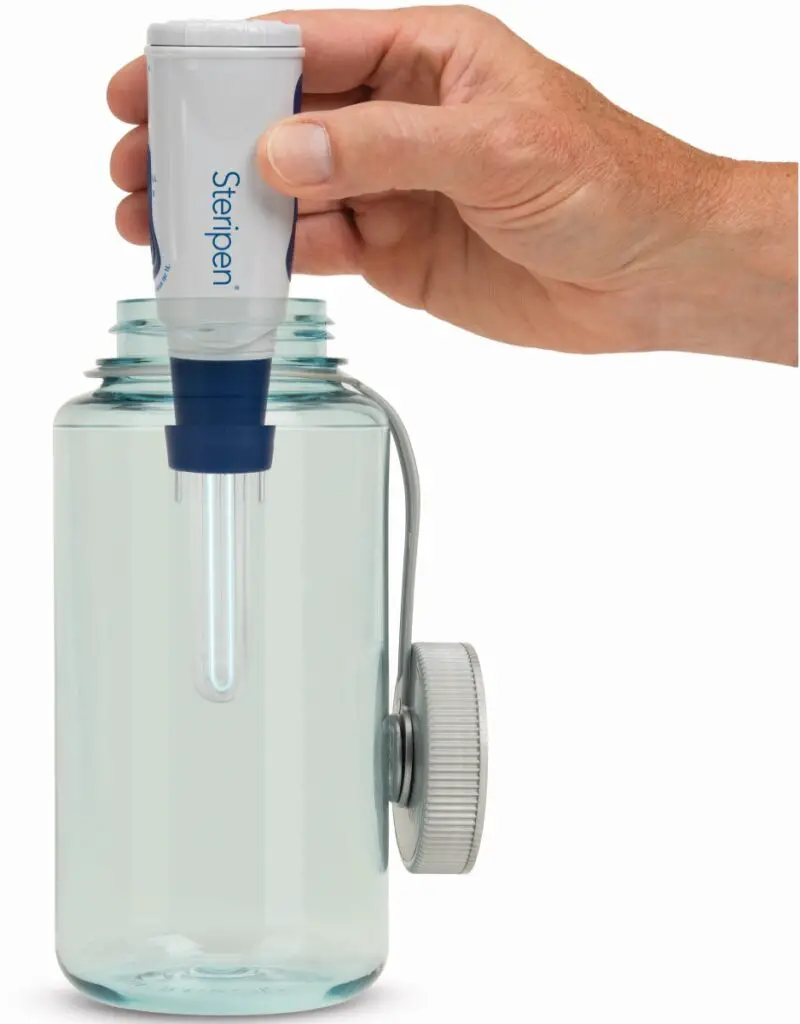
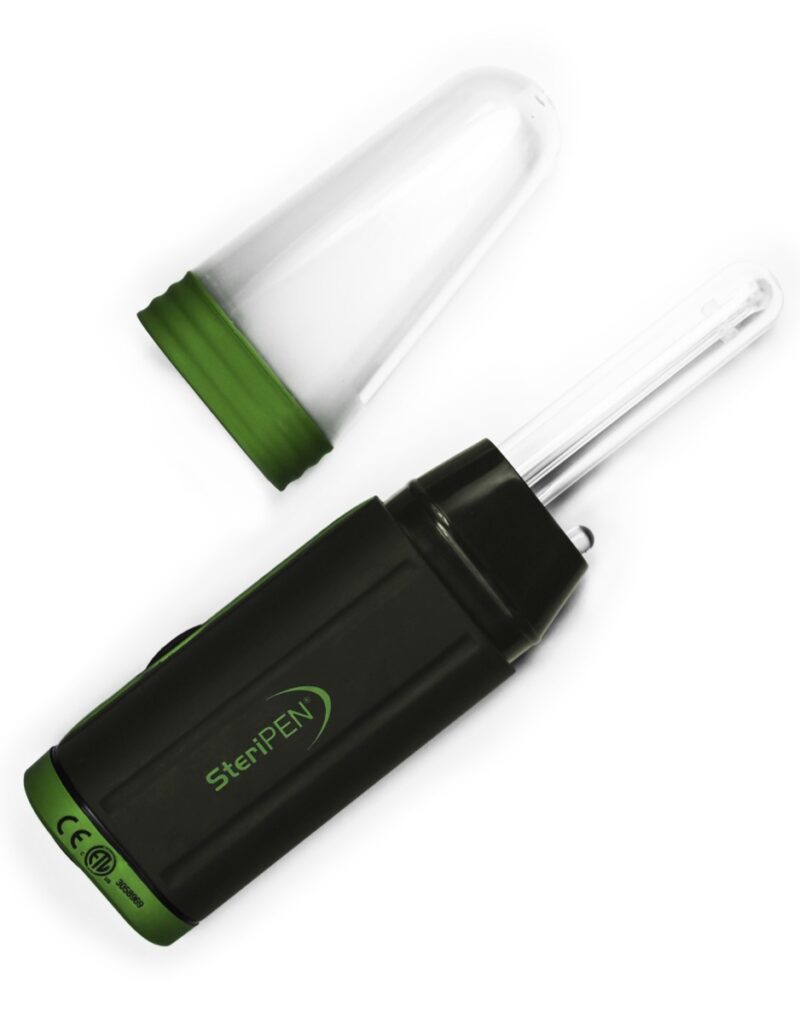
Pros of using SteriPen
SteriPen is fast, simple and effective. It removes viruses as well. Besides, the taste of the filtered water is good.
Cons of using SteriPen
Buying a SteriPen is an investment. Standard price, depending on the model, ranges from around 100 USD. You also need to rely on the batteries, which may not be the best solution for longer journeys into the wild.
5. The best water purification method for drinking water in Nepal
If it’s your first high altitude trek and you are not sure if you’ll repeat it, choose the easiest and cheapest solution – water treatment tablets. That’s what I did, and I am glad about my choice.
On the other hand, if you plan more frequent outdoor adventures, not necessarily even to the mountains, LifeStraw is the most effective and handy filtering water method. I’m planning to buy this filter, or rather ask Santa Claus to get me one at the earliest opportunity. 🙂
6. Current initiatives to reduce the problem of plastic in Nepal
The situation in Nepal is slowly improving. In the Khumbu region, visited annually by thousands of trekkers and climbers, single-use plastic is banned from January 2020. While this is definitely a step in the right direction, it’s not enough to effectively reduce plastic pollution. The next question is – is this respected? In Nepal, compliance with laws and regulations is sometimes an issue. Unfortunately, my last time in the Everest region was in 2019, when bottled water was still easily available. Therefore, I can’t speak from my own experience about the effectiveness of this new regulation.
Seeing hundreds of plastic bottles on the mountain slopes and in streams on the Annapurna Circuit trek in 2020 was very sad. On a brighter note, I was pleasantly surprised during the Mardi Himal trek (also in 2020). Guest houses at higher parts of the trek are forbidden to sell bottled water and they do respect this ban.
The construction of the first PET bottle recycling plant in Nepal – Himalayan Life Plastics – is also comforting news. In 2019 alone, 1200 tons of plastic (around 40 million bottles) were recycled. Read about this amazing project HERE.
7. What can we do NOW?
Current initiatives aimed at reducing plastic pollution are just the beginning of the journey to achieving environmental goals in Nepal. Due to many challenges involved in making changes in Nepal, this journey can take very long… In the meantime the best we can do is take care of what’s under our control. Not buying bottled water is the easiest and the most important thing we can do.
